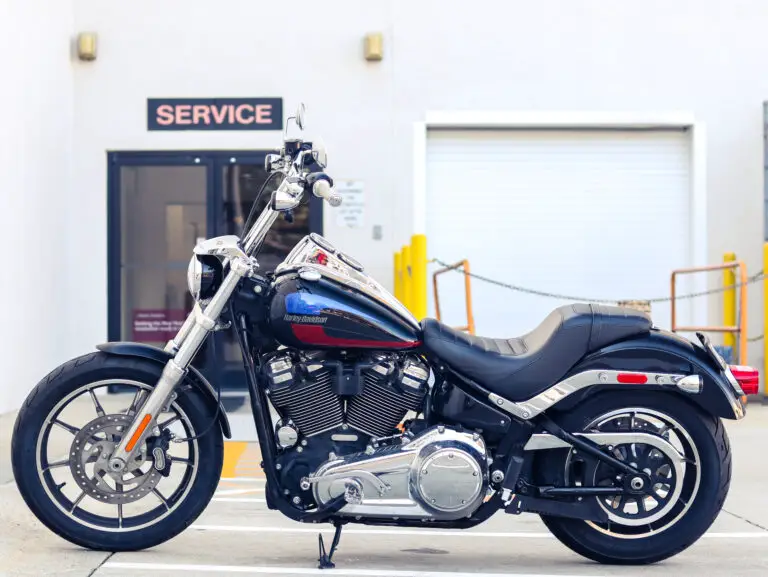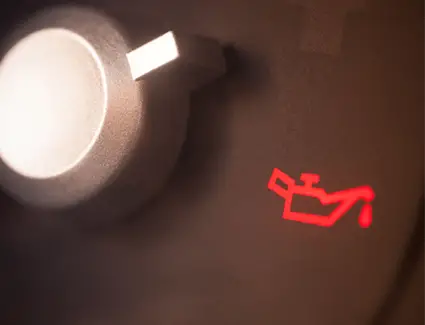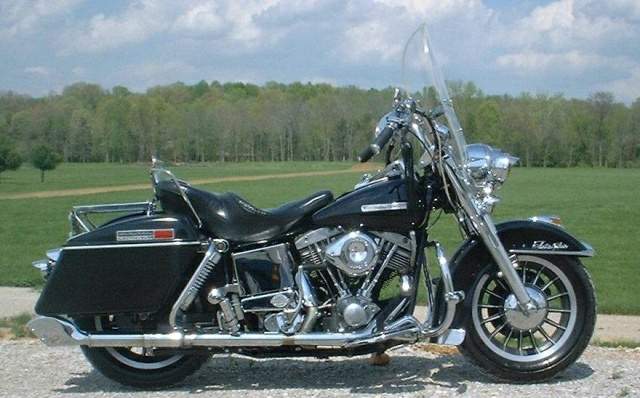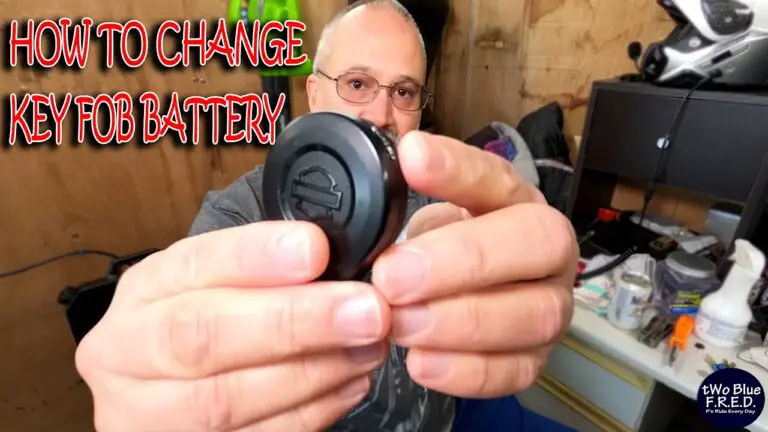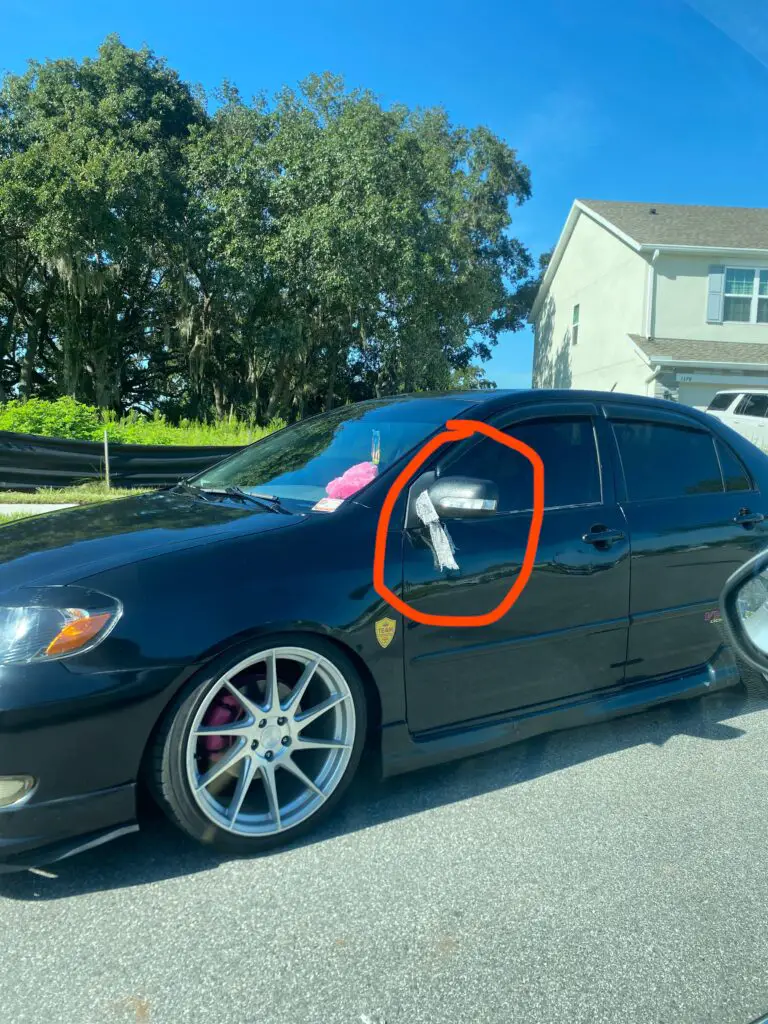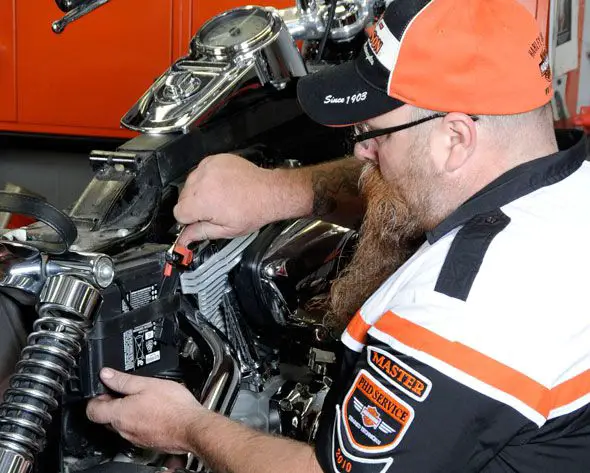A Battery Tender can charge a dead battery if it has enough residual voltage. Complete depletion may require a charger with jump-starting capabilities.
Ensuring your vehicle’s battery remains operational is crucial, and a Battery Tender is often the tool of choice for maintaining charge levels. These smart chargers intelligently regulate the flow of electricity to safely recharge and maintain your battery, preventing overcharging and extending battery life.
Think of a Battery Tender as a lifeline for your battery, delivering the precise amount of power needed for optimal performance. They are especially useful for batteries in seasonal vehicles that aren’t used regularly, providing a slow, steady charge that keeps them ready to go at a moment’s notice. Whether for your car, motorcycle, or boat, incorporating a Battery Tender into your maintenance routine can save you from the inconvenience of a dead battery and ensure that your vehicle is always ready to roll.

Credit: www.caranddriver.com
Introduction To Battery Maintenance
Battery tenders are tools that help keep batteries charged. Their job is to charge a battery slowly. They stop charging when the battery is full. This is good for the battery’s health. Regular charging and checking your battery is important. It makes sure your battery is always ready to use.
A dead battery needs more than just a charge. If it’s very dead, a battery tender might not work. You might need a stronger charger. Always check your battery’s power. This helps you know if it needs a charge.
Assessing The Battery Condition
Understanding the difference between a weak and dead battery is vital. A weak battery may still have a small charge. This charge is not enough to start the engine. But, a dead battery has no charge left.
To check if a dead battery is still usable, a multimeter test is key. This tool shows if the battery can hold charge. If the reading is zero volts, the battery is often dead beyond charge. But, if it shows any voltage, even low, a Battery Tender can help.
Always handle batteries with care. Wear gloves and protective eyewear. Ensure the area is well-ventilated. Do not let the red and black clamps touch. This could cause a spark or short circuit.
The Capabilities Of A Battery Tender
Battery Tenders offer a gentle charge to maintain battery power. They are not designed for charging a completely dead battery. These devices use a multi-stage charging process. This includes an initialization phase, a bulk charge, an absorption mode, and a float mode. This process helps keep batteries at optimal levels without overcharging.
Regarding a completely dead battery, a Battery Tender might struggle. A battery is considered dead if it’s fully discharged. This condition is beyond what a Tender is designed to recover. Tenders are best used to maintain charge and prolong battery life.
Severely depleted batteries present a challenge for Battery Tenders. These devices aren’t capable of reviving a battery with no charge left. It’s better to seek alternative charging methods or battery replacement for such cases.

Credit: m.youtube.com
Best Practices For Battery Charging
Battery Tenders and traditional chargers serve different purposes. Battery Tenders maintain a charge, whereas traditional chargers refill a depleted battery. Dead batteries need more power to revive, which traditional chargers are designed to provide.
Using a Battery Tender on a dead battery may not be effective. Yet, they are ideal for keeping a healthy battery from dying. Ensure the battery isn’t fully drained before attaching a Battery Tender.
To optimize a Battery Tender’s use:
- Check the battery’s voltage first.
- If above a certain level, connect the Battery Tender.
- Keep connections clean and tight.
For battery health, routine checks are crucial. Avoid leaving gadgets on in your car. Regularly start your vehicle to prevent complete discharge.
Alternative Solutions And Precautions
A dead battery often poses a dilemma. Using a jump-starter provides a quick solution. Yet, it’s only a short-term fix. This method revives the engine temporarily, allowing for engine ignition. Immediate driving helps recharge, but it’s not always reliable.
Recognizing a battery beyond revival is crucial. Signs include consistent failure to start, dim lights, and swelling. In such cases, recharging is futile. Replacing the faulty battery becomes necessary to maintain vehicle functionality.
To avoid battery depletion, regular checks are recommended. Keep terminals clean to ensure good connection. Regularly driving your vehicle prevents battery stagnation. Use of gadgets should be minimal when the engine is off. For long-term parking, disconnecting the battery safeguards against drain.

Credit: www.interstatebatteries.com
Frequently Asked Questions For Will A Battery Tender Charge A Dead Battery
How Long Will A Battery Tender Take To Charge A Dead Battery?
A battery tender typically charges a dead battery in 4 to 24 hours, depending on the battery’s capacity and state of discharge.
Will A Battery Tender Charge Up A Battery?
Yes, a battery tender can charge a battery, but it’s designed for slow charging and maintenance, not quick boosts.
How Do You Charge A Battery That Is Completely Dead?
To charge a completely dead battery, connect it to a charger and follow the device-specific charging instructions. Ensure proper charger-to-battery compatibility and monitor the charging process for safety.
Can A Battery Maintainer Charge Dead Battery?
A battery maintainer can recharge a dead battery if it has not been damaged and still holds a charge. However, it may take longer than a traditional charger.
Conclusion
A battery tender offers a practical solution for maintaining charge, not resurrecting the dead. It’s clear that a completely dead battery is beyond its scope. For the best results, use a tender to keep a healthy battery in top condition.
Remember, for batteries that have lost all charge, a more robust charger is necessary. Keep powering forward with the right tools.
